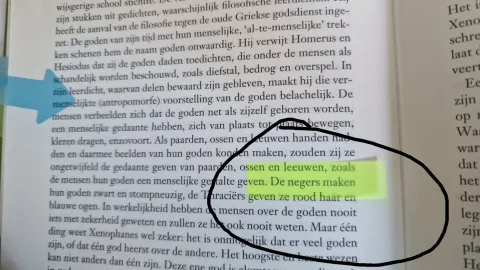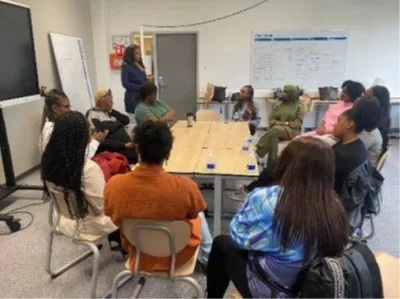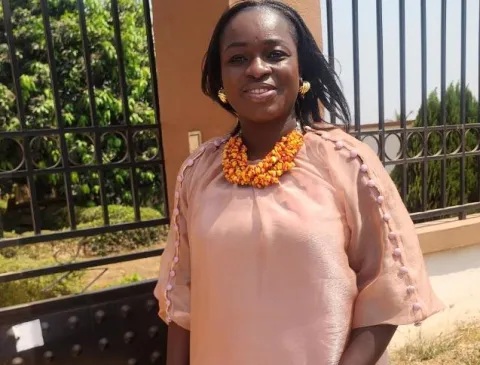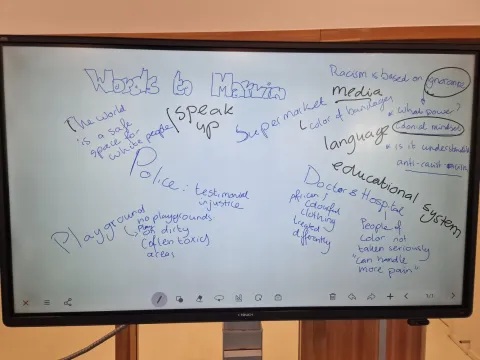Door Marvin Hokstam
Op 28 Juni 2024 was ik bij het Comenius Festival in Nieuwegein, waar ik samen met Birgit Boogaard een presentatie gaf over Dekoloniseren van het Onderwijs. “Colonial legacies in education” had Birgit onze presentatie genoemd. Altijd boeiend om haar te zien werken.
Image

Ik nam onze klas mee op een reis langs mijn ervaringen met koloniale structuren die ontmanteld moeten worden en hamerde erin dat we hiervoor bij taal moeten beginnen.
Decolonization of everything starts with the decolonization of language. Decolonisation is a process of respect. But if you think about it, the education system does not respect everybody. Education is supposed to inspire. And education will inspire you when it reflects you. When education does not respect you, why would you excel? We are teaching children to fail and then we criticize them for failing.”
“The Broos Institute for AfroEuropean Studies and Research will soon be launching courses, among which one on decolonizing journalism writing. Because journalists are the educators of the community and readers take cues from them. And I believe that these types of lessons belong in the curricula of schools. When children learn the right words now, they won’t have to unlearn them as grownups.”
En ik bracht het naar hen, de toehoorders, allemaal onderwijsmedewerkers.
“The actual point is that you as teachers have a role to play in this. It’s not your fault, but many of the books that you are still teaching from in your classes, use outdated language to teach outdated topics. I was taking a philosophy class last year and the book that I had to read kept calling me a neger.
Image

When you make education reflect Black children You inspire them. And at the same time you’re educating all children to become better adults.
Decolonisation is a process of respect. In effect it’s a process of self-respect.”





